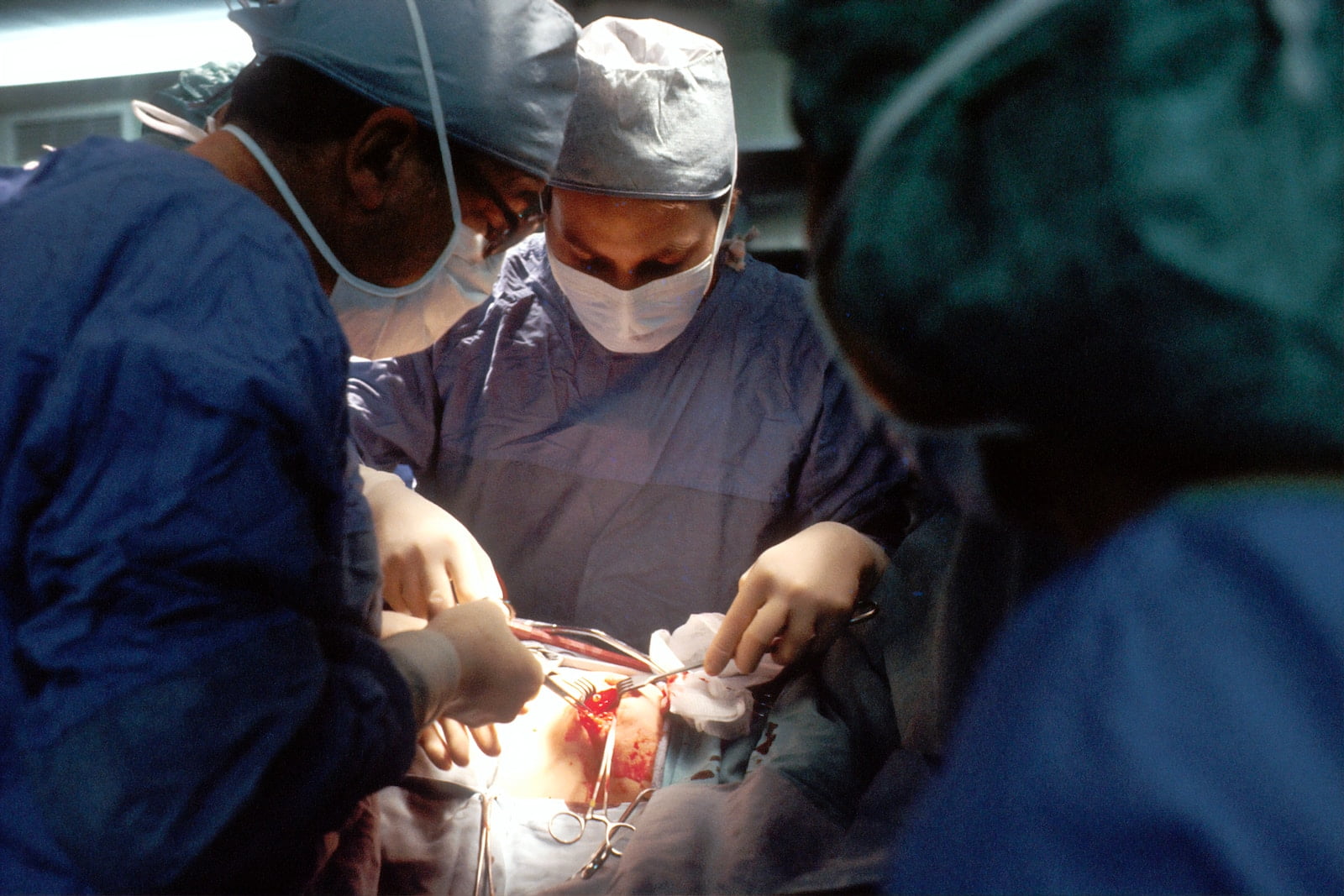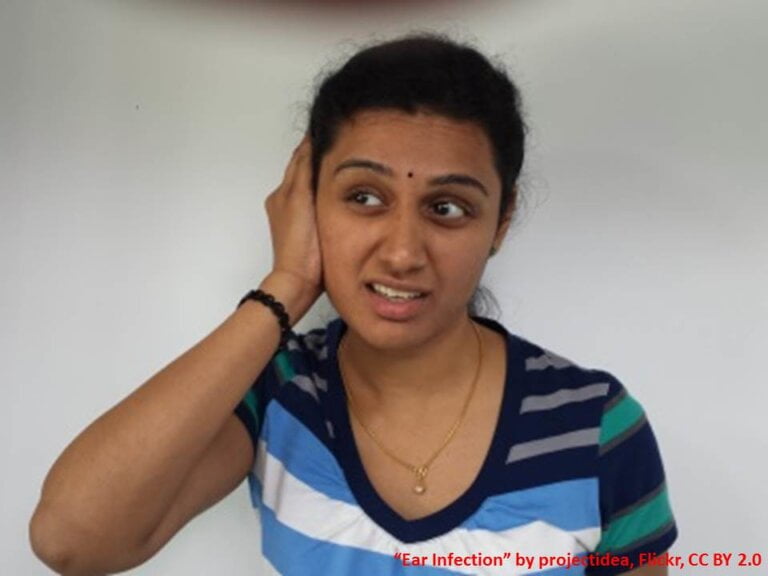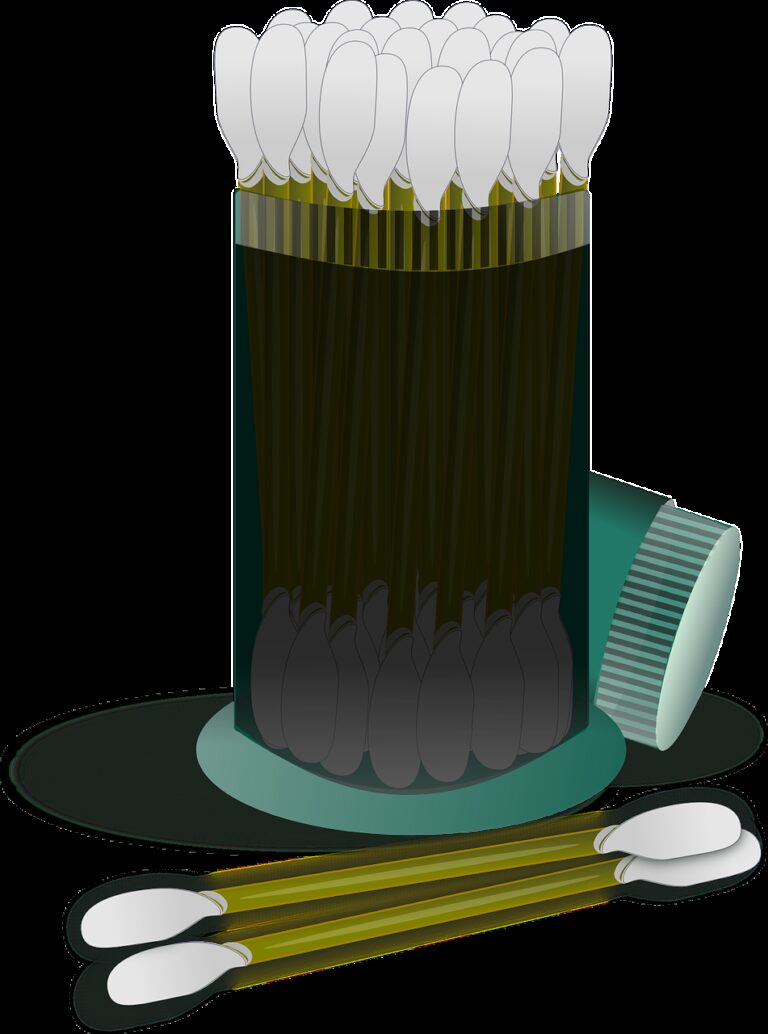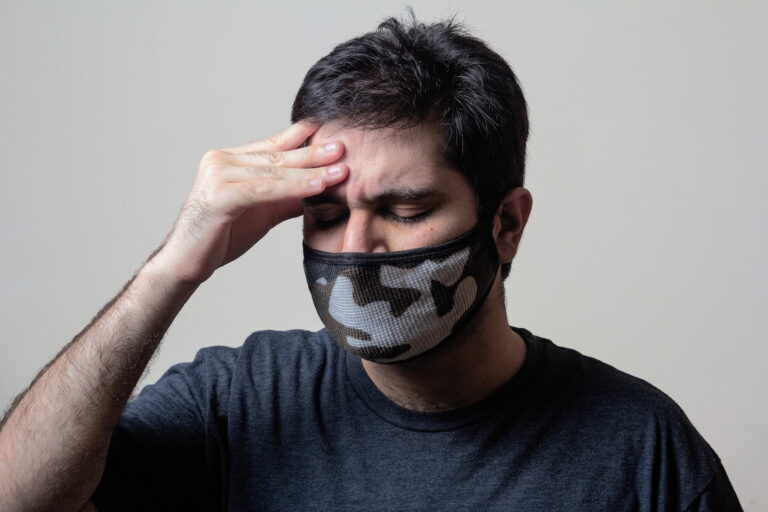Saying Goodbye to Ear Wax: The Ins and Outs of Proper Ear Wax Removal
Ear wax, also known as cerumen, is a naturally occurring substance that is produced by the glands in our ear canal. While ear wax is a normal and necessary part of our ear’s defense mechanism, excessive build-up can lead to discomfort, hearing loss, and even ear infections. Therefore, it is crucial to understand the ins and outs of proper ear wax removal to maintain good ear health. In this comprehensive guide, we will explore various methods and best practices for saying goodbye to ear wax.
Understanding the Purpose of Ear Wax
Before we dive into the techniques of ear wax removal, it is important to recognise the purpose of ear wax and its benefits. Ear wax serves as a protective barrier against dirt, dust, bacteria, and other foreign particles that may enter our ear canal. It helps lubricate the skin in the ear canal, preventing it from becoming dry and itchy. Additionally, ear wax traps dead skin cells and debris, preventing them from reaching the eardrum.
Ear wax has antibacterial and antifungal properties, which help to keep the ear canal clean and prevent infections. It also contains lysozyme, an enzyme that has antimicrobial properties and helps in breaking down bacteria. The sticky texture of ear wax helps to capture and remove debris that enters the ear, preventing it from reaching the sensitive parts of the ear, such as the eardrum.
Signs of Excessive Ear Wax Build-up
While ear wax is beneficial, an excessive accumulation can cause a range of symptoms. It is essential to be aware of these signs to determine if you need to consider ear wax removal. Some common indications of excessive ear wax build-up include:
- Feeling of fullness or blockage in the ear: Excessive ear wax can create a sensation of fullness or blockage in the ear, making it difficult to hear clearly.
- Gradual or sudden hearing loss: When ear wax builds up and blocks the ear canal, it can result in hearing loss. This can range from a slight decrease in hearing ability to a complete blockage.
- Earache or discomfort: Excessive ear wax can cause pain or discomfort in the ear. This may be accompanied by a feeling of pressure or a dull ache.
- Tinnitus: Tinnitus refers to the perception of ringing or buzzing sounds in the ear. Excessive ear wax can contribute to the development or worsening of tinnitus.
- Itching or irritation in the ear canal: Excessive ear wax can cause itching or irritation in the ear canal. This may be accompanied by redness or inflammation.
If you experience any of these symptoms, it may be an indication that you need to consider ear wax removal methods to alleviate the discomfort and prevent further complications.
Safe Methods for Ear Wax Removal
When it comes to removing ear wax, it is crucial to adopt safe and effective methods to prevent any damage to the ear canal or eardrum. Here are some tried and tested techniques for proper ear wax removal:
1. Do Nothing
In many cases, the ear wax naturally migrates from the ear canal to the opening of the ear, where it dries up and falls out on its own. Thus, sometimes the best approach is to do nothing at all and allow the self-cleaning mechanism of the ear to work its magic. It is essential to avoid inserting anything into the ear, such as cotton swabs or bobby pins, as they can push the ear wax deeper or cause injury.
2. Softening the Ear Wax
If you are experiencing discomfort or blockage due to ear wax, you can try softening the wax to facilitate its natural removal. Over-the-counter ear drops or mineral oil can be used to soften the wax. Gently tilt your head and instill a few drops into the affected ear. Maintain this position for a few minutes to allow the drops to reach the wax. Afterward, tilt your head in the opposite direction to let the wax drain out.
You can also try using hydrogen peroxide as an ear wax softening agent. Mix equal parts of hydrogen peroxide and water, and using a dropper, instill a few drops into the affected ear. Allow it to sit for a few minutes, and then tilt your head to let the softened wax drain out.
3. Seeking Professional Help
If you are unable to remove the ear wax using home remedies or if you experience severe symptoms, it is advisable to seek professional help. An Audiologist or an ENT specialist can safely and effectively remove the excessive ear wax through various techniques. They have the expertise and tools required to perform the procedure safely, minimising the risk of complications.
During a professional ear wax removal procedure, the healthcare provider may use specialised instruments to gently remove the ear wax. This can include suction devices, small spoons called curettes, or microsuction, which uses a gentle suctioning method to remove the wax. It is important to note that these procedures should only be performed by trained professionals to avoid any damage to the ear canal or eardrum.
Best Practices for Ear Wax Removal
To ensure the safest and most effective ear wax removal, it is essential to follow these best practices:
- Avoid the use of cotton swabs: Inserting cotton swabs or other objects into the ear canal can push the ear wax deeper or cause damage to the delicate structures in the ear.
- Do not use excessive force: While it may be tempting to try to remove the ear wax by force, it is crucial to be gentle to avoid any harm to the ear canal or eardrum.
- Maintain ear hygiene: Regularly clean the outer part of your ears with a washcloth. However, avoid inserting anything into the ear canal to prevent pushing the wax further inside.
- Know your limits: If you are uncertain about any ear wax removal method or if you experience pain or worsening symptoms, consult an Audiologist.
Conclusion
Proper ear wax removal is crucial to maintaining good ear health and preventing complications. Understanding the purpose of ear wax, recognising the signs of excessive build-up, and adopting safe removal methods are essential steps towards saying goodbye to ear wax. Remember to be gentle, avoid using cotton swabs, and seek professional help if needed. By following these guidelines, you can ensure optimal ear health and enjoy clear hearing for years to come.







